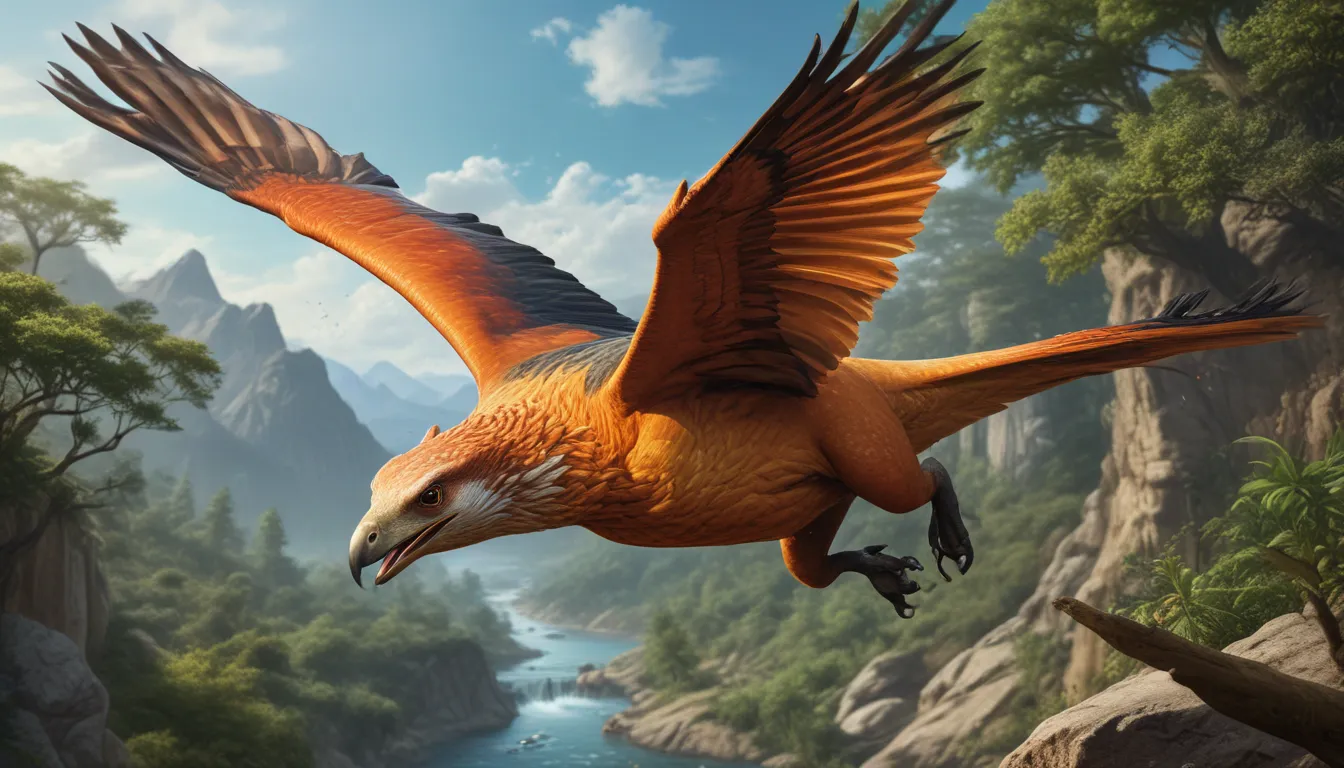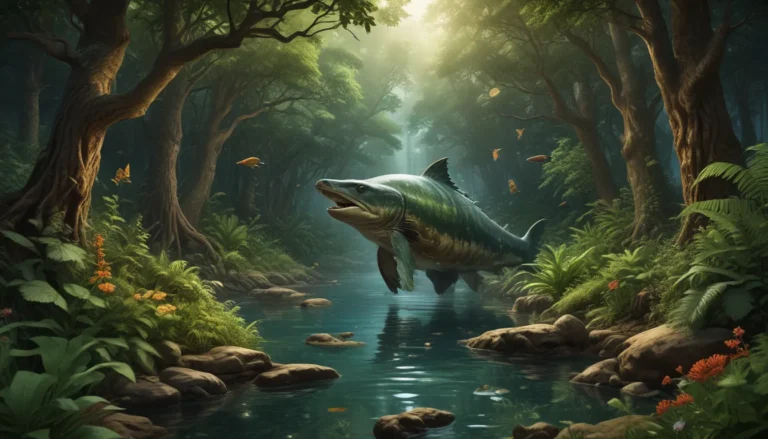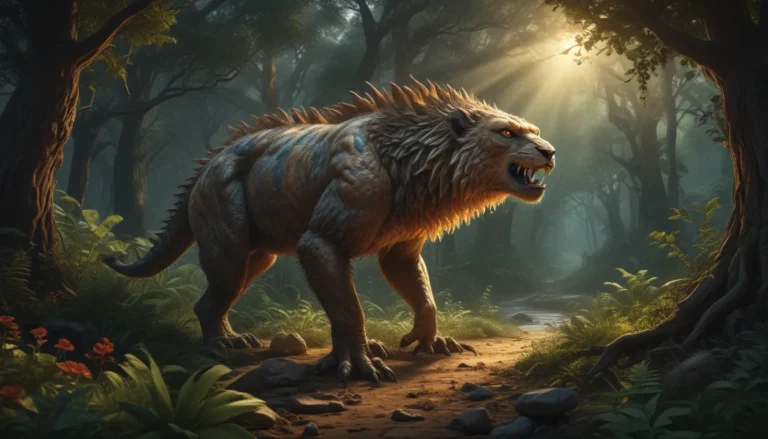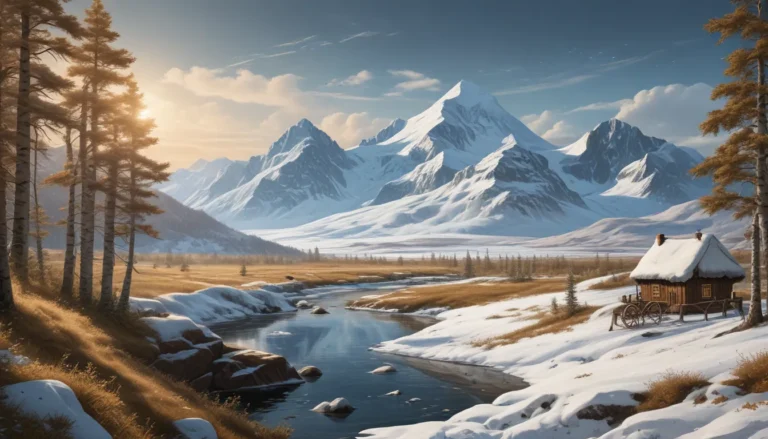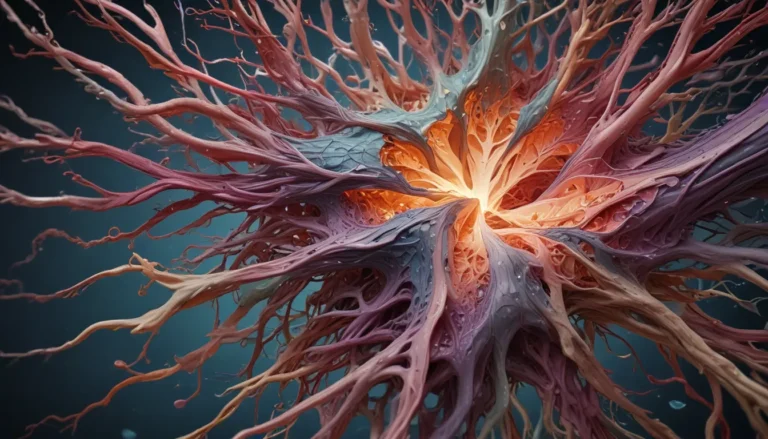A Note About Images: The images used in our articles are for illustration purposes only and may not exactly match the content. They are meant to engage readers, but the text should be relied upon for accurate information.
Divergent evolution is a captivating concept that plays a pivotal role in shaping the rich tapestry of biological diversity on our planet. It delves into the process through which species diverge and evolve from a common ancestor, adapting to various environmental conditions and developing unique traits over time. This phenomenon has not only molded the Earth’s ecosystems but has also given rise to an astonishing array of species with distinct characteristics.
Exploring the Wonders of Divergent Evolution
Let’s embark on a journey to unravel the fascinating world of divergent evolution and delve into 13 intriguing facts that underscore its significance in the realm of biology. From the evolution of Darwin’s finches in the Galápagos Islands to the remarkable adaptations of marsupials in Australia, we will uncover the incredible ways in which divergence has shaped and molded life on our planet.
The Intricacies of Divergent Evolution:
- Diverse Creation from a Common Ancestor: Divergent evolution creates diverse species from a common ancestor, showcasing the remarkable ways life adapts to different environments and ecological niches.
- Driving Forces: Geological events and genetic variation propel divergent evolution, leading to the formation of new species over extensive periods of time.
Survival of the Fittest in Divergent Evolution
At the heart of divergent evolution lies the principle of “survival of the fittest.” This process unfolds when a single ancestral species transforms into multiple distinct species, each finely tuned to thrive in a specific ecological niche.
The Beauty of Branching Out
Divergent evolution gives rise to the formation of branching evolutionary tree diagrams that vividly illustrate the relationships between species. Each branching point signifies a new species that has diverged from a common ancestor, showcasing the intricate web of life.
Adaptive Radiation: A Spectacle of Divergence
One of the noteworthy outcomes of divergent evolution is adaptive radiation, a phenomenon where a single ancestral species gives birth to multiple new species that inhabit diverse environments and exhibit unique adaptive traits. It is a spectacle of divergence in action.
Unveiling Homologous Structures
Homologous structures, such as the pentadactyl limb found in various vertebrates, are a direct product of divergent evolution. These structures share a common evolutionary origin but have diverged in their form and function, highlighting the intricate process of evolutionary divergence.
Marveling at Anatomical Differences
Divergent evolution paves the way for significant anatomical differences among species descended from a common ancestor. These differences encompass changes in body size, shape, coloration, and organ structure, showcasing the diversity that arises from divergence.
The Role of Genetic Variation in Divergent Evolution
Genetic variation within a population acts as the driving force behind divergent evolution. Mutations, gene flow, genetic drift, and natural selection synergistically contribute to the accumulation of genetic disparities among diverging species, propelling the process of divergence.
The Significance of Speciation in Divergent Evolution
Divergent evolution plays a pivotal role in the complex process of speciation. As populations of a species become isolated and encounter distinct selection pressures, they gradually evolve into separate species that are reproductively isolated from one another, exemplifying the power of divergence in driving species diversity.
Exploiting Ecological Niches Through Divergent Evolution
Divergent evolution enables species to exploit diverse ecological niches. Each species evolves unique adaptations to harness specific resources and evade competition, fostering a rich tapestry of species within a given ecosystem and showcasing the adaptive prowess of life.
Contrasting Convergent Evolution with Divergent Evolution
In contrast to divergent evolution, convergent evolution unfolds when disparate species independently evolve similar traits or adaptations owing to comparable environmental pressures. This phenomenon underscores the critical role of adaptation in the evolutionary process and highlights the diverse pathways evolution can take.
The Impact of Divergent Evolution on Extinction
Divergent evolution can potentially lead to the extinction of certain species as new species emerge and take on different ecological roles, rendering some species unable to compete and survive. It underscores the dynamic nature of evolution and the constant reshaping of biological diversity.
Geological Influences: Shaping Divergent Evolution
Geological factors, such as landmass separation or mountain range formation, can shape divergent evolution by physically isolating populations, facilitating genetic divergence, and ultimately culminating in the formation of new species. The Earth’s geological dynamics play a significant role in the evolutionary trajectory of life.
Time Scale of Divergent Evolution
Divergent evolution unfolds over extensive periods of time, as it takes generations for genetic disparities to amass and new species to emerge. It is a gradual process orchestrated by natural selection acting upon heritable variations, underscoring the patience and persistence inherent in evolutionary change.
Unraveling Evolutionary History Through Divergent Evolution
Divergent evolution serves as a Rosetta stone for deciphering the evolutionary history of organisms. By scrutinizing the similarities and differences among closely related species, scientists can reconstruct ancestral characteristics and infer the sequence of evolutionary events, shedding light on the intricate tapestry of life’s history.
Embracing the Marvels of Divergent Evolution
In conclusion, the 13 fascinating facts about divergent evolution illuminate the astounding diversity and complexities of the evolutionary process. Understanding how species diverge and adapt to diverse environmental conditions is pivotal for unraveling the intricacies of life on Earth. Divergent evolution showcases the transformative power of natural selection and the breathtaking diversity of life’s myriad forms.
Embarking on a Journey of Discovery
Divergent evolution beckons us to journey deeper into the captivating world of biology. It uncovers enigmatic facts about evolutionary biology, unveiling the adaptive prowess of life as it dances through time. Delve into astonishing facts about speciation, the crucible through which new species emerge. Prepare to be spellbound by astounding facts about adaptive radiation, showcasing the rapid diversification of organisms in response to changing ecological landscapes.
Explore, Learn, and Unearth the Wonders of Evolution
Our commitment to delivering trustworthy and engaging content lies at the core of our mission. Each fact shared on our platform is contributed by real users like you, imbuing our content with a wealth of diverse insights and knowledge. Our dedicated editors meticulously review each submission to uphold the highest standards of accuracy and authenticity, ensuring that the facts we present are not only captivating but also reliable. Trust in our pursuit of quality and authenticity as you immerse yourself in the captivating realm of biology and evolution.
FAQs: Unraveling the Mysteries of Divergent Evolution
Q: What is divergent evolution?
Divergent evolution is the process by which closely related species evolve different traits and characteristics over time in response to diverse environmental conditions.
Q: How does divergent evolution contribute to biodiversity?
Divergent evolution plays a pivotal role in creating and sustaining biodiversity. Through this process, new species emerge, each with its unique suite of traits and adaptations, fostering the rich tapestry of life we observe today.
Q: Can divergent evolution occur within the same species?
Yes, divergent evolution can occur within the same species, known as microevolution. Populations of a species can develop distinct traits in response to varying environmental conditions, eventually leading to the emergence of new subspecies or varieties.
Q: How does divergent evolution impact the survival of species?
Divergent evolution enables species to adapt to diverse environmental niches, enhancing their survival prospects. By acquiring unique traits and characteristics, organisms can efficiently exploit their specific habitats and resources, reducing competition with closely related species.
Q: Can divergent evolution unfold rapidly?
Under certain circumstances, divergent evolution can occur swiftly. Rapid environmental changes or the colonization of new habitats can trigger adaptive radiations, where species swiftly diversify to capitalize on available resources and ecological niches.
Embark on a journey of discovery, as you explore the intricate mechanisms of divergent evolution and uncover the richness of life shaped by its transformative forces. Join us in celebrating the marvels of biological diversity and the inexorable dance of life on Earth.
